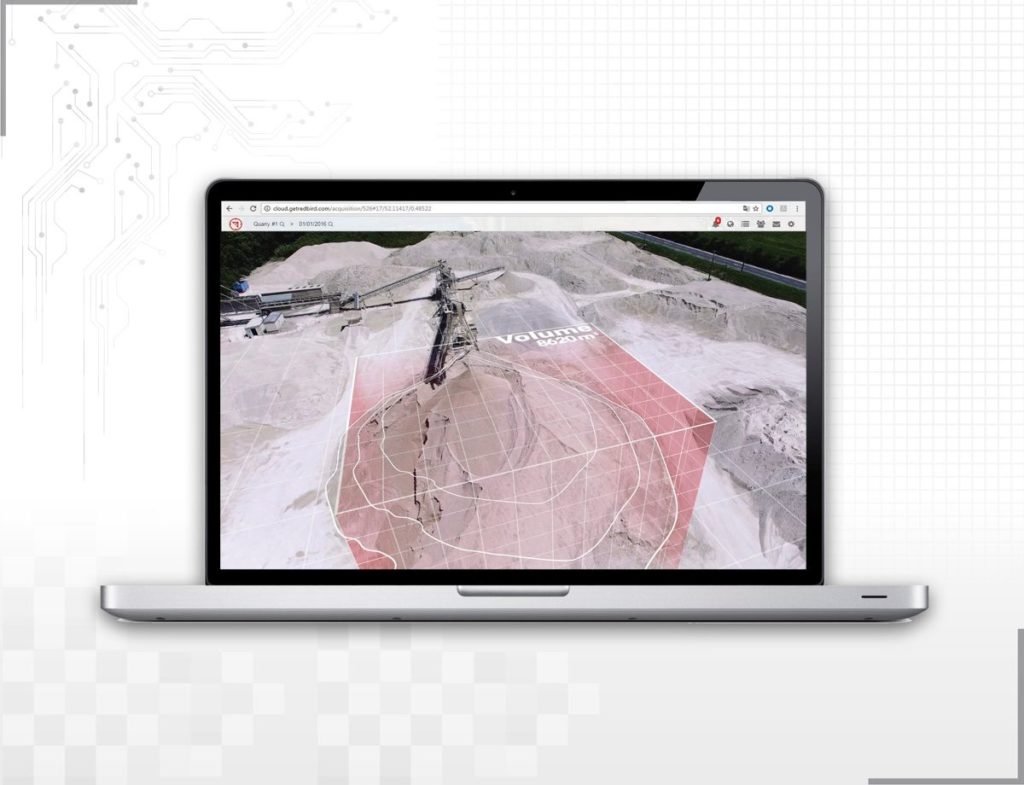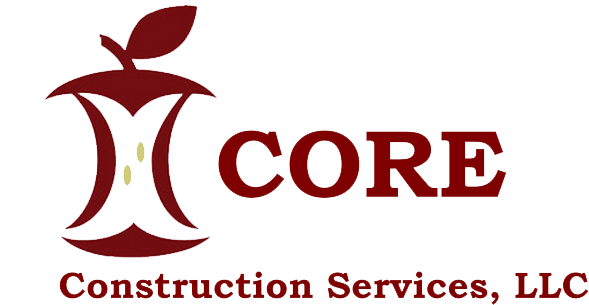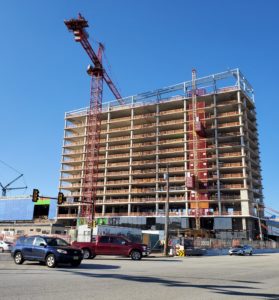Construction is one of the world’s biggest industries, worth about $8.5 trillion a year. However, it is far from the most efficient. In 2018, McKinsey & Company reported that large construction projects of all types take longer than scheduled by 20 percent on average and frequently cost almost twice the budgeted amount.
Effectiveness isn’t getting any better, either. Construction productivity is surprisingly lower than it was even in the 1990s. Inefficiencies and sub-optimal production processes erode profit margins for projects big and small.
The construction industry accounts for 25 to 40 percent of America’s solid-waste stream. Purchasing and scheduling challenges lead to 15 percent of materials ordered by construction sites ultimately ending up in landfills. In comparison, disposable straws only account for one percent of landfill waste.
In 2019, new technology has begun disrupting standards of operations and making construction more efficient and sustainable. Industry leaders are implementing new technology such as aerial drones in construction to reduce costs while improving site efficiency, maximizing the profit potential while decreasing the impact and waste from each project.
Drone Technology in Construction
Drones, or unmanned aerial vehicles (UAV’s), are a rising trend among many industries. Today, the impact of drone technology on the digital transformation of the construction industry is undeniable. What started as a recreational toy or novelty camera has quickly become a competitive advantage for those willing to deploy it to their benefit.

Drones can do much more than produce high definition images. Scanning with drones can yield many kinds of useful data. These tools can use add-on equipment such as infrared, geo-locating and thermal sensors to assist in mapping construction sites and modeling construction projects. The footage captured can be converted into 3D models with real-world conditions incorporated, allowing for better iteration, higher feasibility and more accurate bids during the pre-construction phase.
Some of the significant advantages of incorporating UAV technology include:
- Reduced process and analysis timesLess risk and consequently lower costs
- More precise digital data to allow for more accurate readings
- Easy accessibility via cloud-based integration
- More seamless jobsite progress monitoring
Specifically, drones have impacted the construction industry by:
- Enabling better construction site monitoringCalculating stockpile volume and material types for inventory
- Calculating length, width and elevation for roads and structures
- Annotating images and maps for easier communication
Calculating overburden to plan for an efficient removal
Drones are taking an essential place in the construction process and are only increasing in popularity and functionality. Creative site managers are continually finding new applications for drone technology on construction sites.
Why Drones Are Being Incorporated so Quickly

Before the use of drone technology in construction, there was a disconnect between viewing a rendering of a job site versus seeing it in reality. Drone technology has revolutionized the way stakeholders view a site and visualize a completed project and allows for much more careful analysis of progress during construction.
- Drones Make Your Company More Competitive
Drones have gained traction so quickly because of the competitiveness of the construction industry. Companies using UAV technology have a competitive advantage over other companies that are less innovative and sticking to traditional ways of surveying and analyzing job sites. Incorporating drone technology in your projects can be an enticing sales tool that may make the difference between a lead and a customer. - Drones Provide Additional Data
They also can add value to the customer during handover. Providing the client with visual data on the as-built condition of the building allows them to better manage and maintain the property after you’ve finished your work. Having this kind of information on file also reduces the chance of litigation and can be used as a defensive tool. - Drones Help You Monitor Progress
UAVs help you and the project owner visualize the completed job and see how the work is going every step of the way. Construction can be a time-consuming endeavor, and it’s not always easy to communicate to a client where exactly your time and their money go. Drones negate that uncertainty by allowing careful observation throughout the entire process. - Drones Are Cost-Saving
Drones are also a huge cost-saver across many different expense types. As an owner of a construction business, you’re able to monitor a job site live and take note of suspicious activity such as unsafe conditions or wasted time. You’re also able to invoice more accurately by performing more quality inspections of work completed. - Drones Protect Your Crew
Your team can use the surveillance to check locations for assets and materials, rather than moving about the construction site, unsure if equipment and resources are where they are supposed to be. You can also use the drone to check dangerous areas remotely without risking harming the crew. - Drones Condense Data
While the drones themselves have been increasing in quality, so has the software that drives them. Advanced fleet management technologies reduce the work it takes to operate a single drone by enabling several fleets to work together throughout a job site and return all relevant information gathered back to the construction team. Software improvements allow for businesses to scale their company’s operations more quickly while being able to manage more drones at once and make use of them in more locations.
Overall, UAVs minimize the amount of needless work and increase efficiency due to more careful monitoring of the construction process. Mistakes will be caught much earlier and can be corrected before they escalate into a more troublesome problem. With all these advantages, it’s obvious why UAV technology has been implemented so quickly.
If you’re considering utilizing drone photography to improve safety and efficiency on your jobsites, feel free to contact Core Services for a free consultation. We provide aerial project documentation and 360 degree site surveys for construction.
CORE Construction Services, Inc.
www.core-services.org
info@core-services.org
(888)920-9920


